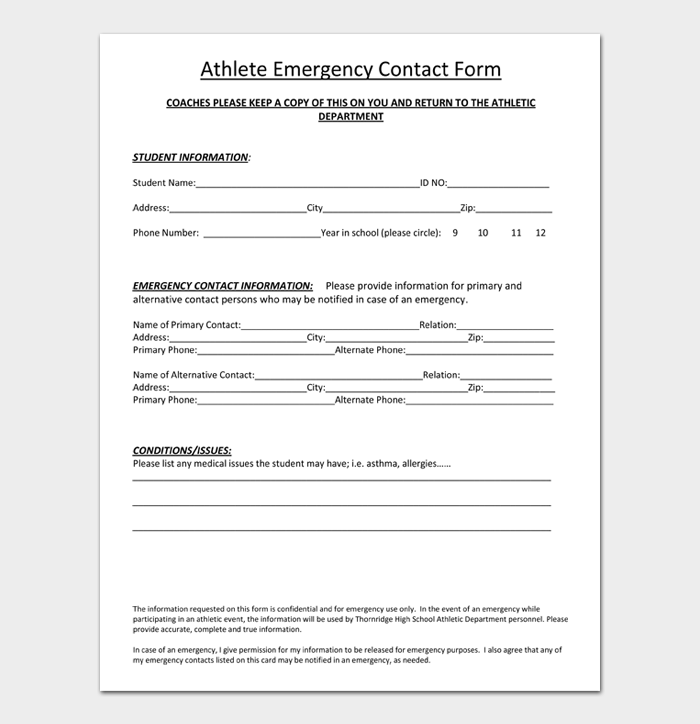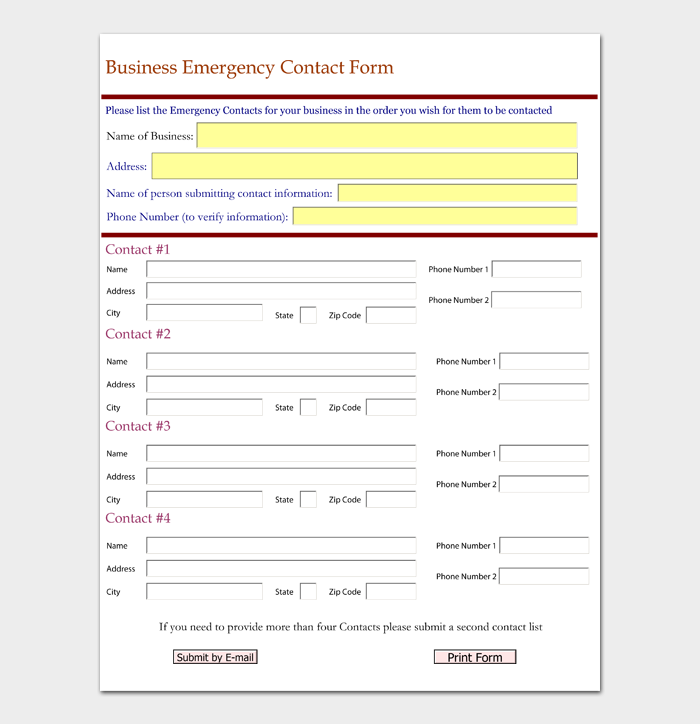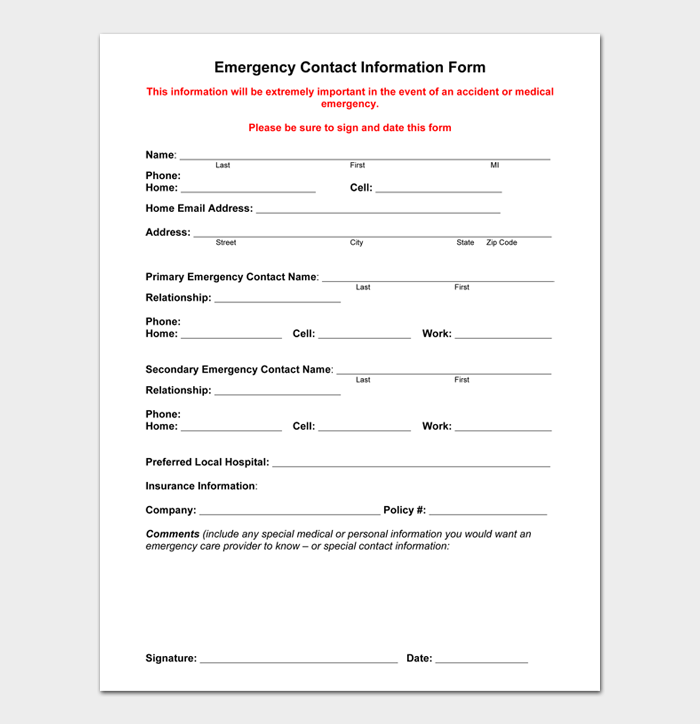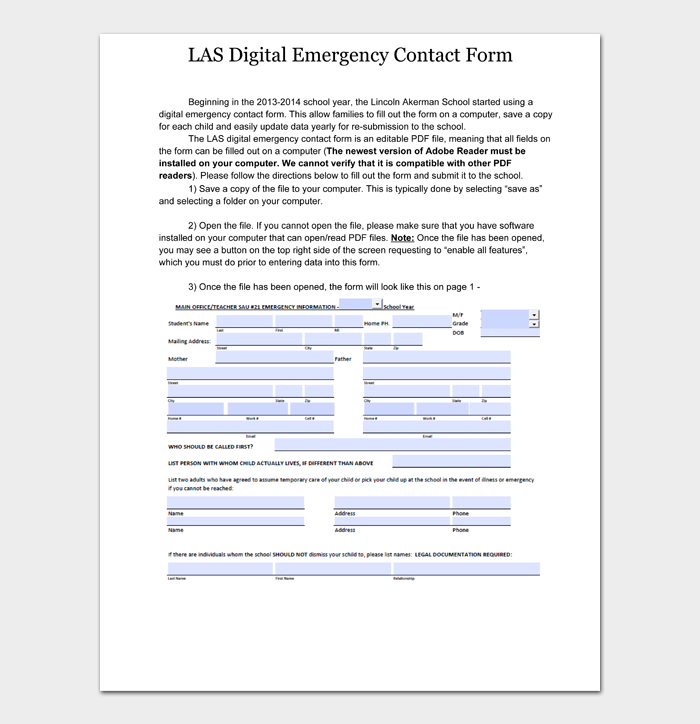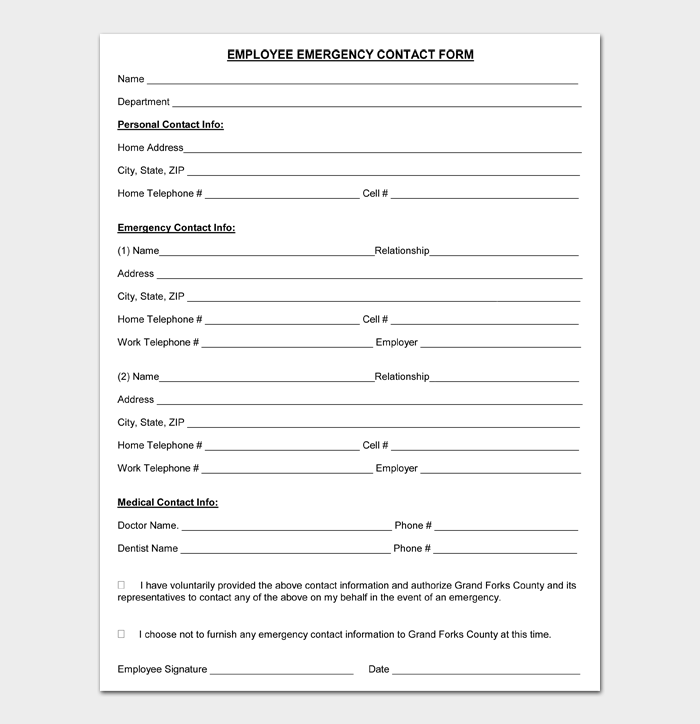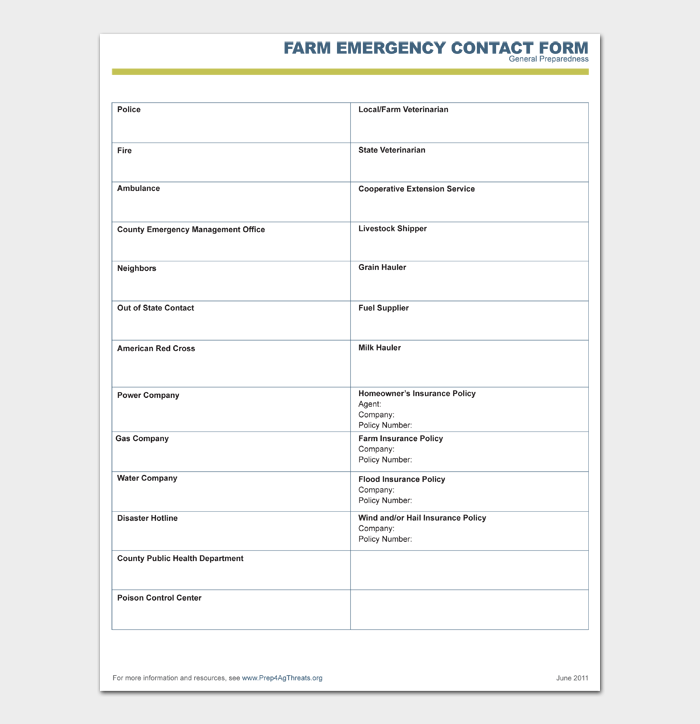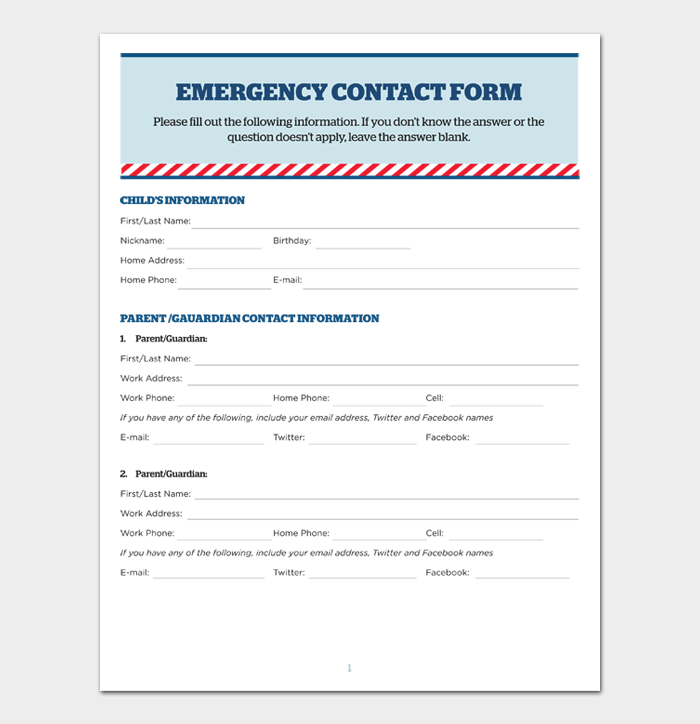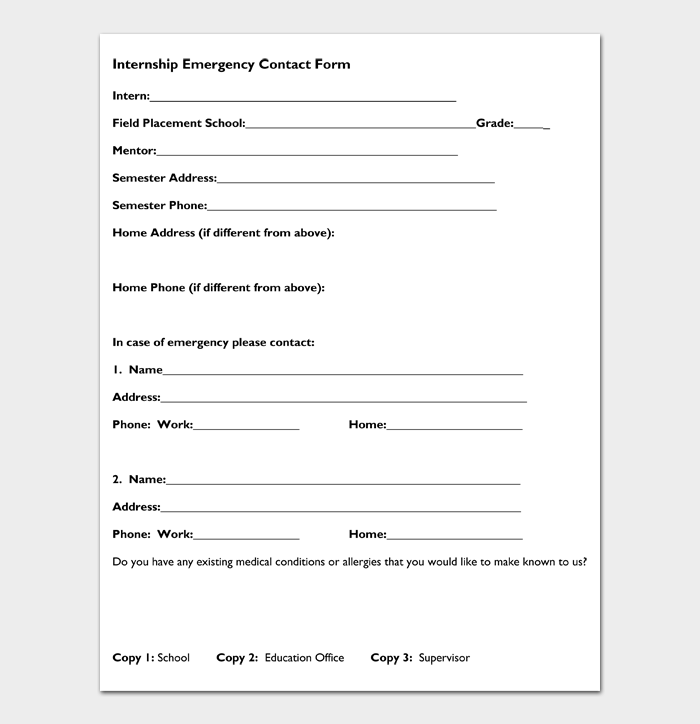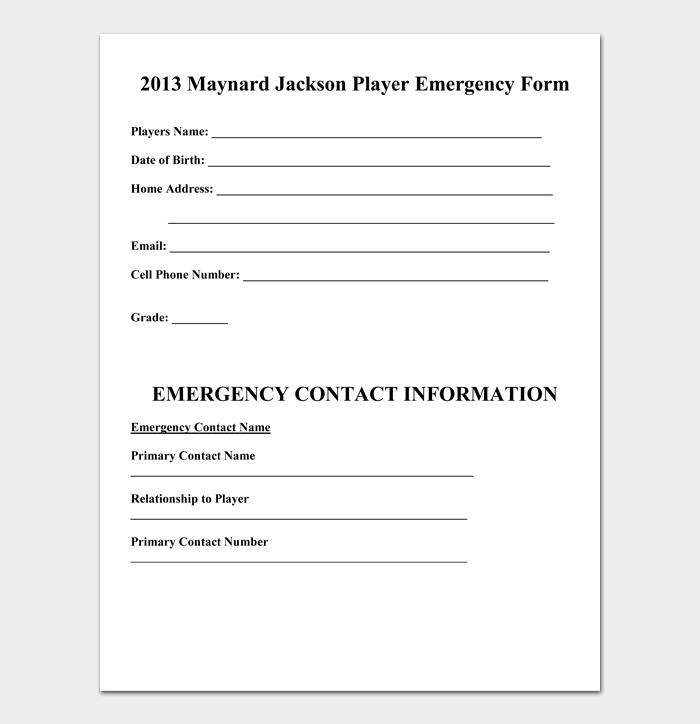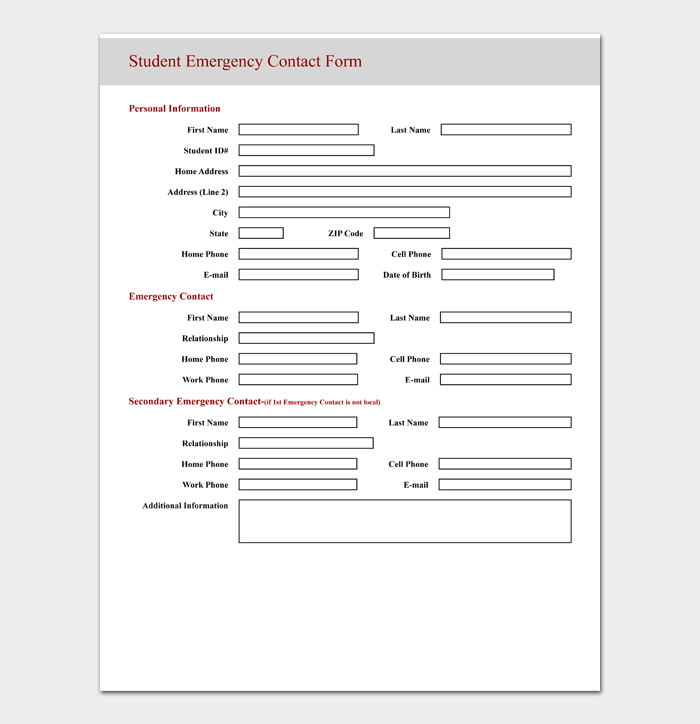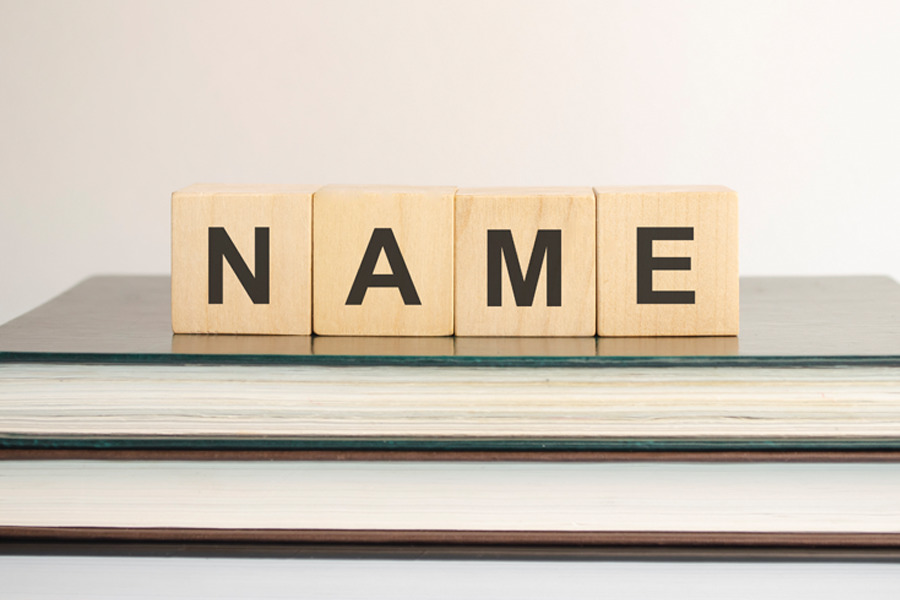If disaster strikes today, will you be ready? Emergencies occur, and after the unnerving event occurs, you will need to spring into action. An emergency contact list is a handy tool to know who to contact and mitigate the situation. An updated contact list could be the lifeline you need if your office is submerged or a power surge stops your production line. Learn how to prepare an emergency contact list and how best to use it.
What is an Emergency Contact List?
An emergency contact list is a printed-out or digital sheet containing emergency information. The emergency information you decide to enlist is critical. Family emergency lists contain information on a trusted health care proxy, medical insurance, parents’ number, blood type, and health conditions, among other ambulatory information.
The business emergency contact list contains the business’ name, location, technicians to call, and other relevant information regarding the day-to-day operations, such as wattage.
Note: Emergency lists can be used by anyone who is the first to spot the emergency. You should stick them in plain sight at your business and your home’s doorway or fridge door.
What is an Emergency Contact List Template?
An emergency contact list template is a pre-designed emergency contact list. You only fill the emergency list with contact information and essentials before saving and printing it. Essentially, the template does all the heavy lifting for you. Depending on your location, some templates even have ambulatory and police emergency numbers keyed in already.
Emergency Contact List Templates & Examples
Emergency Phone Numbers You Should Know
When insecurity and disaster are rife, someone may be getting mugged, a power surge, and a flooding event is nigh. In such cases, having specific numbers on speed dial could save the lives of you and your loved ones, your business, and your property.
Some numbers that are a must-have on your phone or hard copy emergency list are:
- Police number: 911 or 112
- Ambulance number: 911, 112, or 999
- Poison control center contact: 1-800-222-1222
- Next of kin contacts
- Utility company contacts
- Neighbor’s contact
- Insurance agent’s cell
- Local EMS contact
- Emergency vet
- Security agency’s number
- School emergency number
- Locksmith, mechanic, and other handypersons contact.
Personal and business emergency contact lists have further distinctions. Businesses will lean on utility men and solution providers to snags in the factory, IT, and utility operations. The business list will also have employees’ information. Usually, the enlisted employees are part of the managerial cadre, the security guard, and the facility manager. A family emergency list will contain biodata, health information, and who to contact in case of a kid emergency at school or home.
It is essential to understand the differences when you are drafting your list. Do not mix information as it could stall emergency assistance and potentially cause loss of life and property damage.
How About A Digital Emergency Contact List?
No one really does pen and paper these days. You are reading a soft copy of this blog and not an old newspaper printout version. Suffice to say, you can and should have a digital emergency contact list. Many Android and iPhones have inbuilt emergency apps and centers dedicated to storing emergency information you can access without your password.
When you create a digital emergency contact list, share it with your family members, health care agents, and an attorney, amongst other trusted individuals. Keep a copy of the digital sheet in your cloud so that you can easily print it.
Although a digital list is good, nobody wants to try guessing your first pet’s name, which you probably put as the password to your digitally locked list. Keep a physical copy lying around to supplement the digital one.
Where to Keep the Emergency Contact List?
Emergency contact lists need to be in visible light. You can place your emergency list just about anywhere that’s visible. But we strongly advise placing the list in (on) the following places:
- In the kitchen drawer
- In a home binder
- On the coffee table
- On the refrigerator door
- In the factory’s exit
- At the manager’s office
- Near the fire extinguisher
The above list does not limit you to placing your contact list elsewhere. Each business has its unique layout, and what works for company A won’t necessarily fill the bill for company B. Find a visible location and attach your emergency contact list. Always ensure you have multiple lists spread out in a large business premise.
Who Should Have A Copy of Your Emergency List?
An emergency list is only helpful if it’s accessible. However, you shouldn’t share your emergency information with every Tom, Duck, and Harry, mainly if it contains sensitive information such as insurance policy numbers.
People who should have your copy of the emergency list must be reliable and come through even during unorthodox working or wake hours. You can give out your list to the babysitter, school teacher, work colleagues, neighbors, family members, and your supervisor. You can share your list with anyone else you trust.
Tip: Don’t forget to inform your emergency contacts you have listed them. Also, notify them that they may receive calls at any time when you are in an emergency.
Keep updating your list if there is any significant change, such as appointing a new healthcare proxy. When you update the list, remember to share it with your trustees.
The Takeaway
Accidents can happen at any time. Prepare for the uncertainty of the future by having an emergency contact list on hand. Templates are a great place to start in your list preparation. Include the relevant information and contact details of emergency service providers. Protect your family and business from unprecedented events by creating a list and sharing it with your trusted associates.

